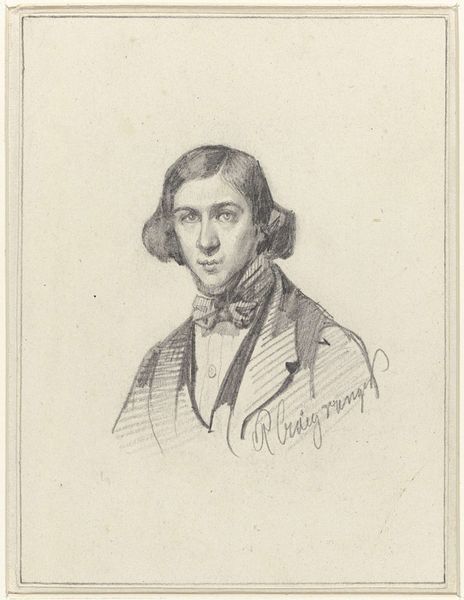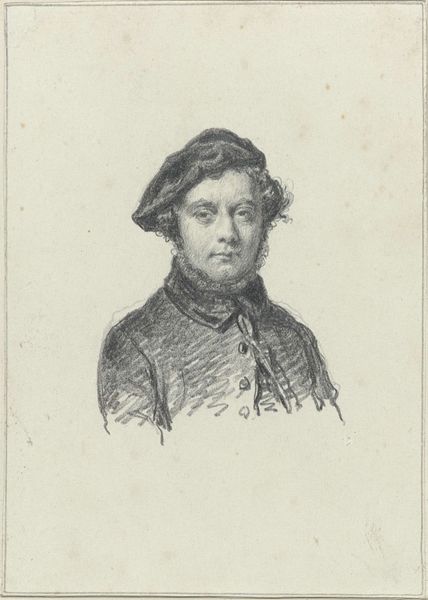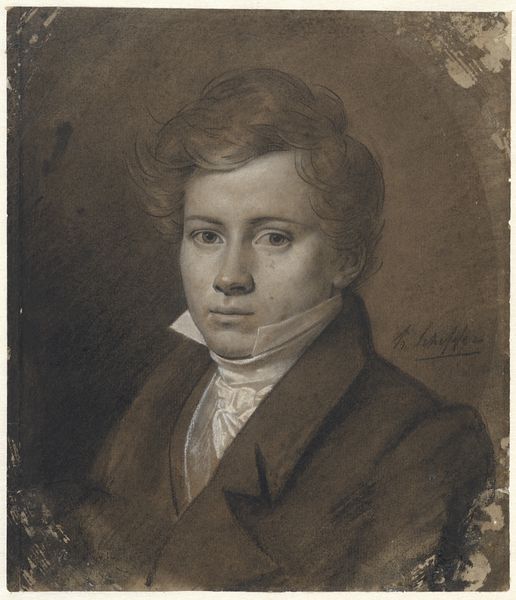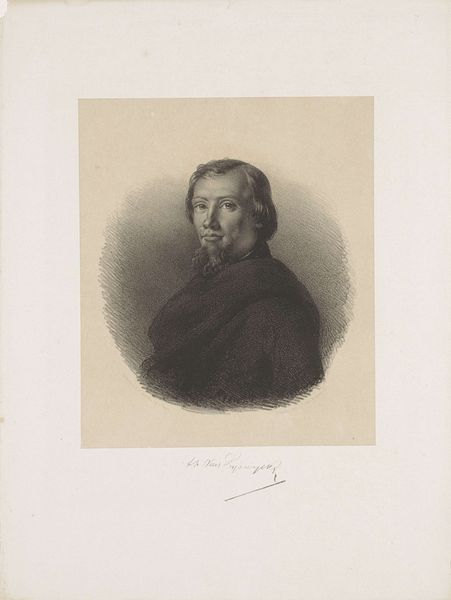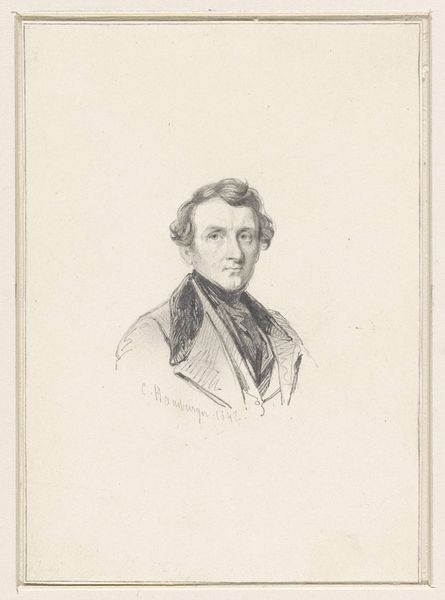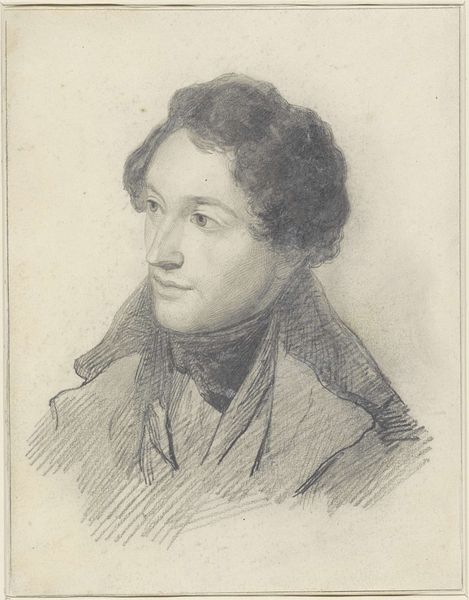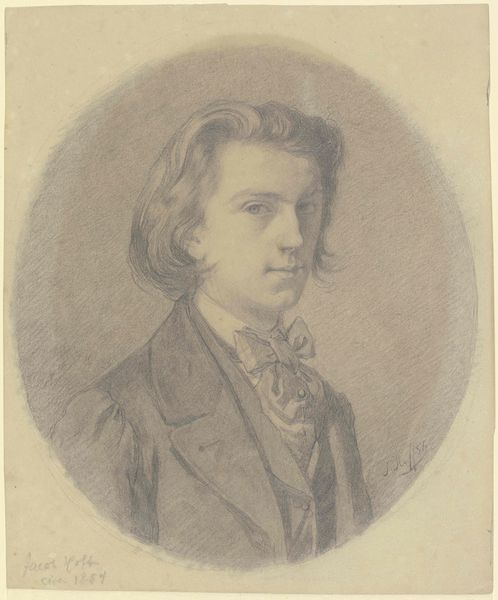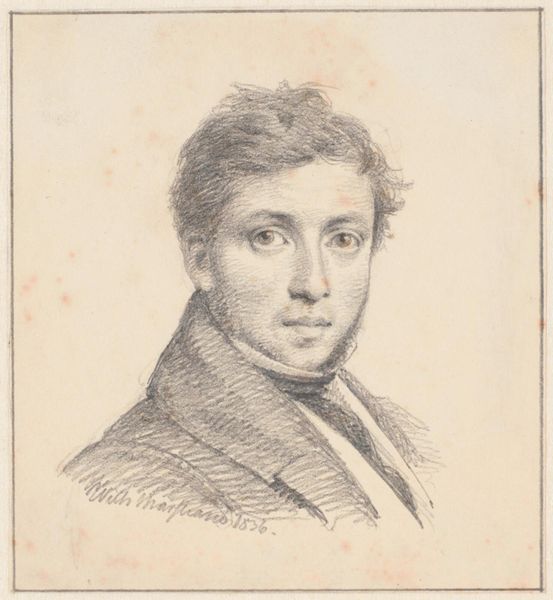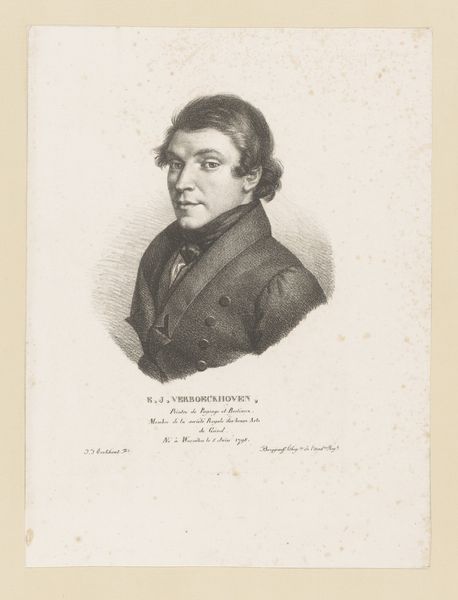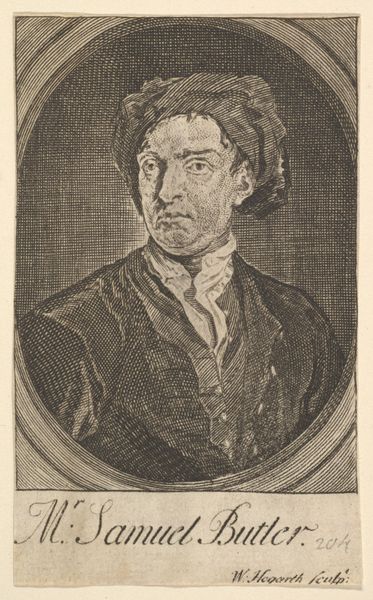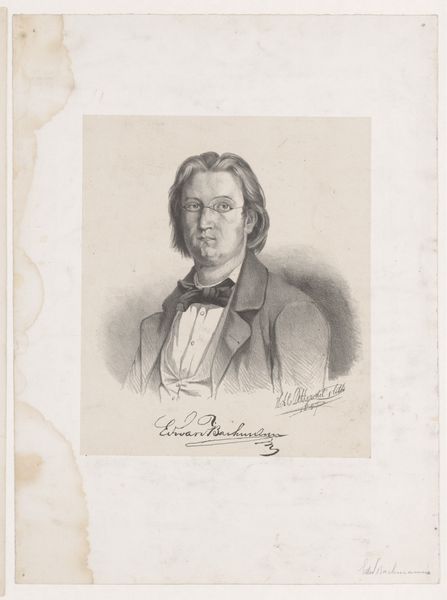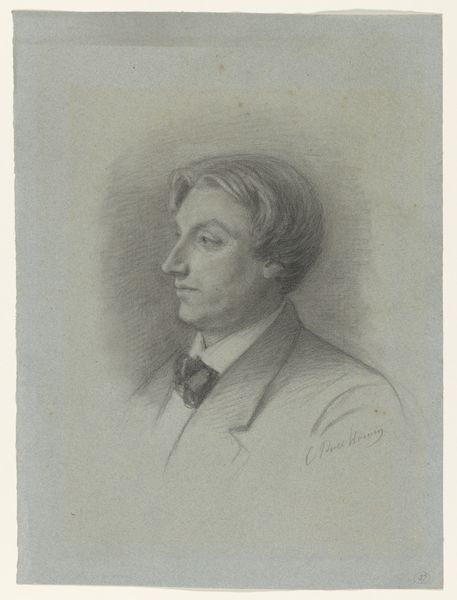
painting, oil-paint
#
portrait
#
painting
#
oil-paint
#
romanticism
#
realism
Dimensions: height 112 mm, width 91 mm
Copyright: Rijks Museum: Open Domain
Editor: So, this is "Portrait of Martinus Harting," an oil painting created sometime between 1826 and 1860. The painting's surface looks quite textured to me. What stands out to you? Curator: I’m immediately drawn to the materiality of the paint itself, the artist's process, layering oil upon oil. Look at how the limited tonal range, achieved through the combination of pigments and the use of light and shadow, impacts the viewer's understanding of Harting. Consider also the artist’s social position, how portraiture served the bourgeoisie and their need for representation. Who was commissioning such works and why? Editor: That's interesting. So, the painting’s value isn't just in its aesthetic quality but in what it tells us about the materials used and their availability, and also about who could afford to be represented. Curator: Precisely. The oil paint itself, how it’s manufactured, distributed, and used—all speak to the evolving industrial processes of the time. Also, it’s relevant to examine what it meant for a likeness to be captured via this medium instead of others; consider alternatives like daguerrotypes, their cost, and accessibility in this era. Can we extract insight from this specific artistic choice? Editor: It does give a sense of exclusivity, a slower, more considered approach compared to early photography. What about the way he is dressed and presented; would that affect the cultural context? Curator: Indeed. The attire and style reflect societal norms and hierarchies of the era. However, the specific techniques and choices involved in producing the paint, canvas, and the act of creating it contributes equally to our overall comprehension of its period. Can the painting's technique give any insight on its means of creation and society? Editor: That makes a lot of sense. I've definitely gained a deeper perspective by considering the physical creation of the painting and the socio-economic conditions that surrounded it. Curator: I hope you agree, it reveals far more than a simple portrait. It illustrates cultural norms through the means of art’s production and consumption.
Comments
No comments
Be the first to comment and join the conversation on the ultimate creative platform.
